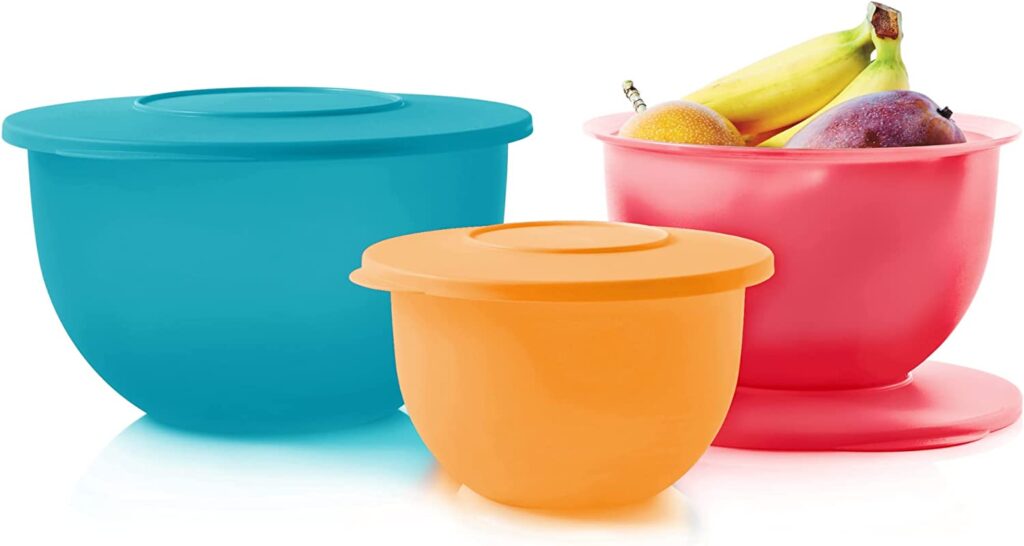How Tupperware Is Making A Monumental Comeback
Tupperware, made famous for its food containers, is reinventing itself and trying to appeal to Millenials and Gen Z-ers by highlighting its inherent sustainability factor due to the reusability of its containers.
This article is more than 2 years old
The seventy-six-year-old brand name Tupperware is typically known for being sold through the infamous in-home “Tupperware parties” or directly via its website. The Tupperware brand is distributed in almost seventy countries and is made in the United States and overseas, including Belgium, Brazil, and Mexico, tallying annual sales of 1.6 billion dollars last year. Tupperware is now seeking ways to be trendy and yet environmentally friendly in hopes of attracting the attention of Gen Zers and Millennials.
The latest news coming directly from CNN is reporting back at the beginning of October of this year, Tupperware’s signature plastic food storage containers began popping up all over the nation on the shelves of the ever-so-popular retailer of Gen Z’s and Millennials – Target! A major mark in the history of Tupperware as it seeks to become far more relevant for younger generations in the same ways it was for their moms and grandmas. In order to draw in the younger Shoppers attention, Tupperware had to show up and focus on the elements that truly matter to the newest generations.
The relaunch of the Tupperware image has already begun with marketing flashbacks to the mad max era and providing the latest products that are safe for the environment. Miguel Fernandez, the CEO of Tupperware Brands said the entry into the world of Target is a huge part of the brand’s reinvention process. The playbook also includes plans to grow the Tupperware business through multiple retail channels and get the Tupperware products in front of younger consumers who have probably never heard of a good ol’ fashion “Tupperware Party”.
Not to mention, the latest marketing strategies are being pushed by the pressure of the company’s stocks being down by 70% year-over-year. Fernandez is seeking for Tupperware to be more than just plastic containers and full meal prepping in the kitchen. Going beyond the reputation of its current state, there are more than 8,500 functional design patents for kitchen and home products that just might appeal and are hip and cool, yet green-friendly to the younger generations.
The Gen Zer’s are far more sustainability-oriented compared to the Millennials so Tupperware is seeking ways to make itself a more environmentally-conscious and responsible company for the necessary appeal. Gernandez says Tupperware has partnered with TerraCycle’s circular reuse platform Loop, in an effort to reduce as much waste as possible. Tupperware is also taking its product line further than just plastic containers by using materials like stainless steel, glass and other mixed plastic wastes that would have ended up in another landfill.

Last year approximately ten percent of meals prepared in the United States became leftovers that were consumed vs being thrown out in the trash. Tupperware would like to think the majority of those leftovers were preserved and stored in their legendary plastic containers. This means, in a way of sorts, the brand’s containers are helping to reduce the amount of food waste that ends up in a local landfill.
In the next few years, the brand is hopeful to be known beyond the plastic container image and maybe be in every room in the house with the latest creative innovations and popularity from the younger generations. Can you imagine a grandchild having to telephone grandma to ask for their Tupperware products back that were borrowed?
.



